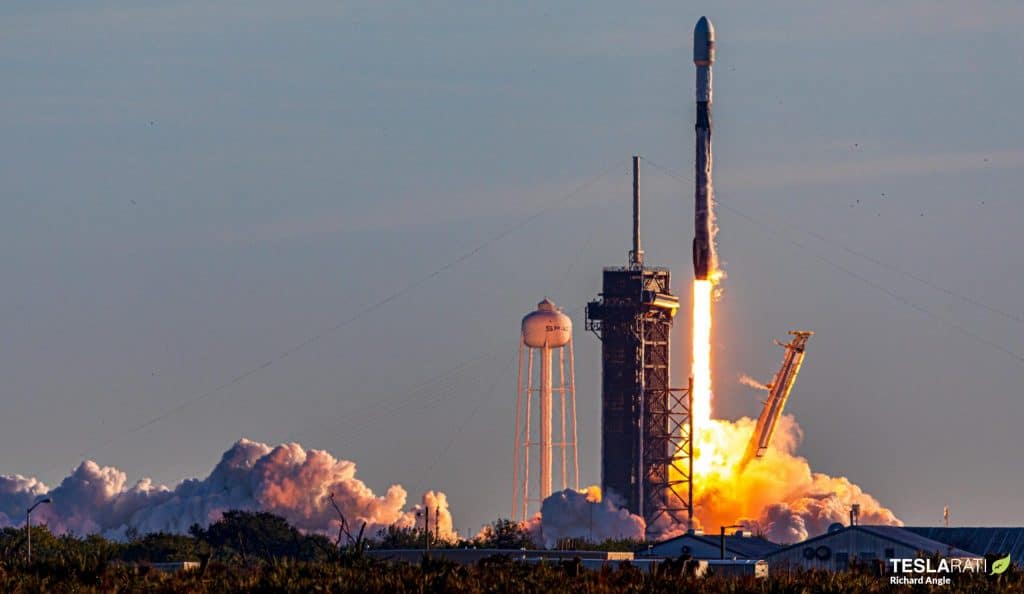SpaceX has successfully completed the first of dozens of Starlink launches planned in 2021, simultaneously crushing multiple rocket reusability records and completing an “envelope expansion” booster landing at sea.
Ending several days of delays, Falcon 9 booster B1051, an expendable upper stage, a flight-proven payload fairing, and 60 new Starlink satellites lifted off at 8:02 am EST, kicking off SpaceX’s 16th operational Starlink mission and 17th Starlink launch overall. Roughly an hour later, after spinning up end over end, Falcon 9’s orbital second stage successfully released all 60 satellites to complete an exceptionally milestone-rich mission.
Starlink-16 is such a significant mission for several different reasons.

First and foremost, as previously discussed on Teslarati, Falcon 9 B1051 simultaneously crushed the world-record for rocket turnaround and became the first booster to successfully launch and land eight times, making it SpaceX’s “life-leader” in multiple ways.
“Last flown for the seventh time on December 13th, Falcon 9 B1051 is now scheduled to attempt its eighth orbital-class launch and landing just 36 days later, beating the 51-day world record by almost a third (~30%) and simultaneously becoming the first Falcon booster to launch eight times. If successful, SpaceX’s Falcon rockets will be mere days away from demonstrating monthly reusability.”
Delayed from January 17th to the 20th, that schedule didn’t hold exactly but B1051 did still become the first reusable rocket to drop below the 40-day turnaround mark, completing two launches and landings in 38 days, crushing the previous world record of 51 days (also held by Falcon 9) by almost two weeks.

Those milestones alone are major achievements for SpaceX’s workhorse rocket, leaving the Falcon Block 5 design upgrade just two flights away from achieving its 10-flight design goal and seven or eight days away from monthly reusability. The fact alone that SpaceX’s turnaround timing appears to be accelerating for fleet-leader (most flown) boosters serves as a clear sign that the design has almost certainly achieved that 10-flight goal and is likely capable of far more flights still. If that trend continues, Falcon 9 B1051 could complete its ninth and tenth flights as early as March and April.
Additionally, while a 38-day turnaround is significantly more than a magnitude away from CEO Elon Musk’s long-held goal of 24-hour reusability, it does represent an order-of-magnitude improvement from SpaceX’s first booster reuses, which averaged 200-500+ days between flights.
According to SpaceX, Starlink-16 and booster B1051’s last milestone was successfully expanding Falcon 9’s operational envelope by landing in exceptionally high ground winds. Completed with no apparent issues, that success means that SpaceX will be able to expand the range of conditions Falcon 9 can launch and land in, improving the odds of favorable weather in the future.
Original Publication by Eric Ralph at Teslarati.





